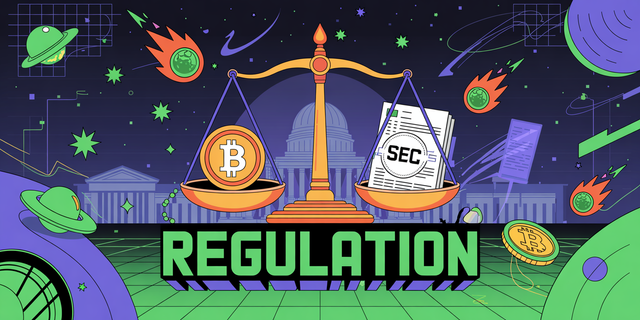Navigating the Enforcement Maze: A Trader's Outlook
Navigating the Enforcement Maze: A Trader's Outlook
The intensifying scrutiny of crypto enforcement actions is a defining feature of the space today. For experienced traders and investors, understanding these regulatory shifts is paramount. Recent cases, like the SEC's actions against certain DeFi protocols and token issuers, highlight a pattern. These aren't just abstract legal battles; they directly impact market liquidity and asset valuations.
One could argue that the regulatory bodies are playing catch-up, though the pace of evolution is certainly picking up. Take the ongoing discussions around stablecoin classification. Depending on how these are ultimately regulated, entire ecosystems could face significant disruption. This uncertainty, while potentially unnerving, also presents opportunities for those who keep a close eye on the landscape. It’s about anticipating shifts, not just reacting to them.
The landscape certainly isn't static. A few years ago, enforcement often focused on outright scams or unregistered securities. Now, the focus seems broader, encompassing questions about how certain digital assets are offered and marketed. For instance, the definition of an 'investment contract' is being re-examined through a crypto lens. This means even established crypto platforms like Exonax need to stay vigilant regarding their compliance frameworks. Digital asset services offered must align with evolving interpretations.
Well, it's not quite that simple. While individual traders might see quick price swings around specific enforcement news, the long-term implications are about market maturity. A more regulated environment, even with its initial friction, could ultimately foster greater institutional adoption and investor confidence. This is where an outlook from Exonax becomes particularly relevant, focusing on how to build robust infrastructure that can adapt to these changes. We're probably still a ways off from perfect clarity, but progress is being made.
Consider the Ripple (XRP) case. Its prolonged duration and complex arguments underscore the difficulty in fitting novel technologies into existing legal structures. If XRP is deemed not to be a security, it has broad implications for other altcoins. If it is, many projects might need to restructure or cease operations. This isn't just about one token; it’s about the groundwork for future regulatory frameworks.
Actually, let me rephrase that. The ambiguity itself is a key factor for traders. Navigating this requires not just technical analysis but also a keen understanding of the regulatory undercurrents. It's a bit like trading during a period of intense geopolitical shifts; you need to account for more variables than usual. The blockchain solutions by Exonax, for example, are designed with resilience in mind, but even the most advanced tech can't fully insulate against broad regulatory shifts.
So, what's the takeaway for seasoned participants? Proactive adaptation is key. Staying informed about regulatory developments globally, adapting trading strategies to account for potential enforcement impacts, and partnering with entities that prioritize compliance are all crucial. The era of pure regulatory arbitrage is probably waning. The outlook from Exonax suggests a future where compliance and innovation go hand-in-hand.
